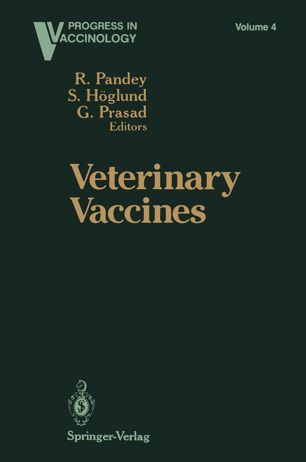Vaccines have historically been considered to be the most cost-effective method for preventing communicable diseases. It was a vaccine that enabled global eradication of the dreaded disease smallpox.
Veterinary Vaccines Column 4

Veterinary vaccines column 4
Mass immunization of children forms the anchor of the strategy of the World Health Organization (WHO) to attain “health for all” status by the year 2000. Vaccinology is undergoing a dimensional change with the advances that have taken place in immunology and genetic engineering. Vaccines that confer short or inadequate immunity or that have side effects are being replaced by better vaccines. New vaccines are being developed for a variety of maladies.
Monoclonal antibodies and T cell clones have been employed to delineate the immunodeterminants on microbes, an approach elegantly complemented by computer graphics and molecular imaging techniques. Possibilities have opened for obtaining hitherto scarce antigens of parasites by the DNA recombinant route. Better appreciation of the idiotypic network has aroused research on anti idiotypic vaccines.
Solid-phase synthesis of peptides is leading to an array of synthetic vaccines, an approach that is expected to attain its full potential once the sequences activating suppressor cells are discovered and the rules for presentation of antigens to T and B cells are better worked out. A new breed of vaccines is on the horizon that seeks to control fertility. Originally conceived to intercept a step in the reproductive process, they are conceptual models for developing approaches to regulate the body’s internal processes.
RAR File Password: pdflibrary.net
Password: pdflibrary.net
